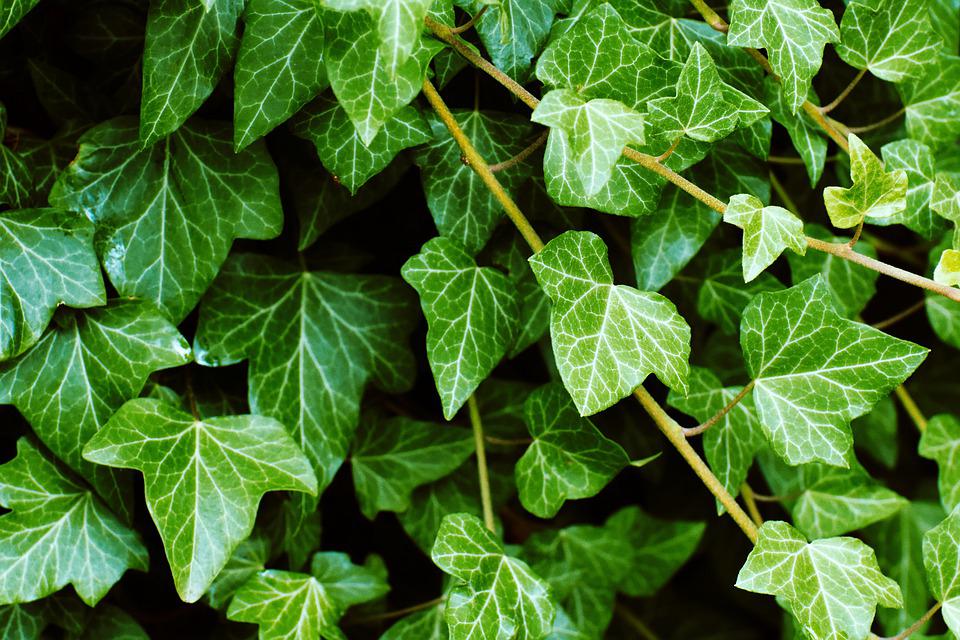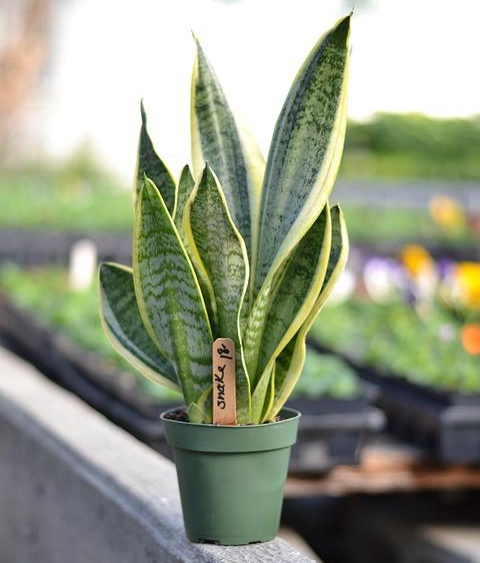If you love plants, this post is for you. Indoor plants that clean the air and remove toxins are amazing. They actually clean toxins from the air in your home. National Aeronautics and Space Administration – NASA conducted the research in 1989. They searched for the most effective indoor plants to purify the air at space stations. This study has shown that some houseplants absorb carbon dioxide, emit oxygen during photosynthesis, and may be a natural way to remove volatile organic pollutants such as benzene, formaldehyde, and trichlorethylene from the living environment.
There are a lot of toxins in our houses. The air in our homes these days can be more seriously polluted than the outdoor air in the largest and most industrialized cities. This means we need these indoor plants that clean the air and remove toxins now more than ever.
How do plants clean the air?
Plants breathe through the tiny pores in their leaves. Airborne pollutant particles enter the plant through its leaf pores. They travel to the roots of the plant, where they are broken down into substances suitable for plant and microbial nutrition. Plants literally „eat” the harmful substances in the air.
When houseplants breathe through their leaves, they constantly emit humidity. In addition, it reduces the amount of dust and bacteria in the environment. Breathing is easier in homes with lots of houseplants that purify the air. Plants boost creativity and focus, improve mental health and bring life to a home.
Read on to learn about the most effective air-purifying indoor plants along with their care.

English Ivy
Did you know that scientists placed an English Ivy in the room and measured the air quality after six hours? Pollution decreased by 60 percent. Wow! How cool is that?
The leaves and berries of this plant were traditionally used to treat illnesses such as bronchitis and coughing, but the leaves are poisonous to some animals. Despite its ability to adapt to varying conditions, English Ivy grows better in well-lit spots. It is essential to water frequently during the growing season.
You should plant English Ivy in fertile, water-permeable soil composed of compost, sand and a small amount of peat. Before planting, make a good drainage in the bottom.

Peace Lily
The plant effectively removes Benzene and formaldehyde from your room. Peace Lily thrives in a bright spot, but it must be protected from direct sunlight. It tolerates darker areas, but then grows slower and doesn’t bloom. It is best to use a mixture of compost, peat, garden soil, and sand that is permeable to water, loose, and fertile. Add some gravel to the bottom of the container for drainage.
Chinese Evergreen
Chinese evergreen is bush-shaped and has long blooms. This houseplant effectively removes common household air toxins, such as formaldehyde and benzene. Chinese evergreens love good lighting. During the hottest hours of the day in the summertime, the plant should be protected from direct sunlight. During winter, the plant requires particularly bright and intense lighting. From spring to autumn, the plant needs to be watered abundantly, and in winter less frequently. For planting use a mixture of garden soil, compost, peat, and sand (2:1:1:1). You can add a little bit of charcoal and brick crumbs to this mixture. Make sure the proper drainage on the bottom of the container.
Bamboo palm
The palm tree will love a window sill on the east or west side, protected from direct sunlight. This houseplant thrives in humidity, so consider placing one in your bathroom. This plant is amazing. It blooms, grows berries and perfectly filters benzene and trichlorethylene. If you place it in the vicinity of your workplace, it reduces the impact of the computer’s magnetic field.
Madagascar dragon tree
The plant loves light, but must be shielded from direct sunlight. This plant is of tropical origin. It likes humid air, but does not tolerate too wet soil. Therefore, do not leave excess water in the plate and only water when the soil is almost dry. Choose an elongated clay pot and prepare proper drainage. Plant in a mixture of garden soil and peat.
Weeping fig (Ficus Benjamina)
Choose a bright spot for these ficus, but protect them from direct sunlight in the summer. Keep it on the southern side during winter and on the east or west side during summer. Do not rotate and move this houseplant from one place to another because it can drop all its leaves. Water only when the soil in the pot is dry. The Weeping fig can be planted in any soil suitable for indoor plants. You will find it in a garden supply store.

Snake plant
Mother-in-law’s tongue – weird name aside, this is a plant you can practically forget and it looks awesome in most spaces! The Snake plant will love a bright and sunny spot with direct sunlight, as long as it stands away from the window. Plant it in moderately fertile, water-permeable soil. Prepare it using equal parts of compost, potting soil and sand. Snake plants will thrive if planted in a shallow, but wide pot. This way the plant will be able to spread easily. Make sure that the container has good drainage. Placing a layer of gravel or broken pottery pieces on the bottom of the container, below the soil, will help to stop the flow of dirt through larger holes. You can also use paper coffee filters.
I hope this post has inspired you to go out and get yourself some lovely indoor plants that clean the air and remove toxins. This takes some time, but it’s a good meditation and a simple way to improve the air in your room. Thank you for stopping by and have a nice weekend!
Love you
Josephine

